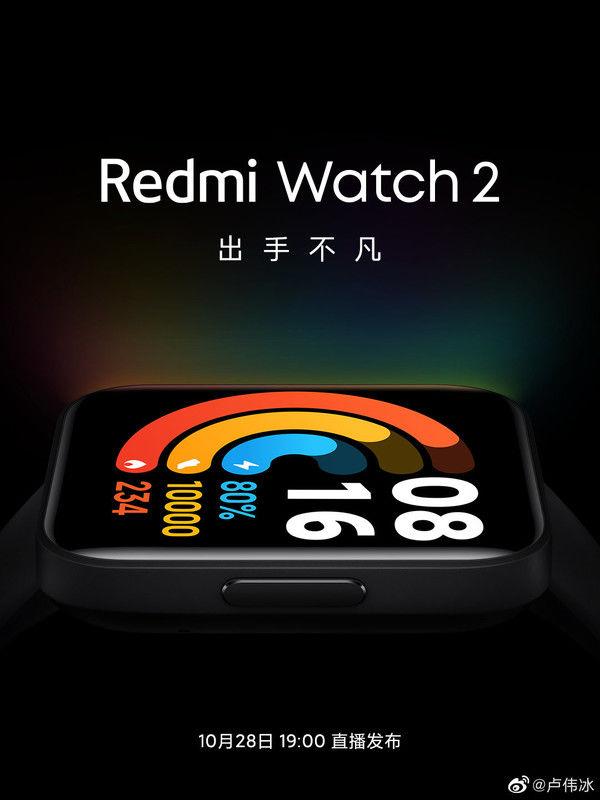【Python数据类型用法详解】变量可以保存不同数据类型的值。 Python是一种动态类型的语言, 因此我们在声明变量时不必定义变量的类型。解释器隐式地将值与其类型绑定。
Python使我们能够检查程序中使用的变量的类型。 Python为我们提供了type()函数, 该函数返回传递的变量的类型。
考虑以下示例, 以定义不同数据类型的值并检查其类型。
A=10
b="Hi Python"
c = 10.5
print(type(a));
print(type(b));
print(type(c));
输出
<
type 'int'>
<
type 'str'>
<
type 'float'>
标准数据类型变量可以包含不同类型的值。例如, 一个人的姓名必须存储为字符串, 而其ID必须存储为整数。
Python提供了各种标准数据类型, 这些数据类型定义了每种数据类型的存储方法。 Python中定义的数据类型如下。
- 号码
- String
- list
- tuple
- 字典
号码
数字存储数值。将数字分配给变量后, Python会创建Number对象。例如;
a = 3 , b = 5#a and b are number objectsPython支持4种类型的数字数据。
- int(有符号整数, 如10、2、29等)
- long(长整数, 用于更大范围的值, 例如908090800L, -0x1929292L等)
- float(float用于存储1.9、9.902、15.2等浮点数)
- 复数(复数, 例如2.14j, 2.0 + 2.3j等)
复数包含一个有序对, 即x + iy, 其中x和y分别表示实部和虚部。
String
可以将字符串定义为引号中表示的字符序列。在python中, 我们可以使用单引号, 双引号或三引号来定义字符串。
python中的字符串处理是一项简单的任务, 因为提供了各种内置函数和运算符。
在字符串处理的情况下, 运算符+用于连接两个字符串, 因为操作” hello” +” python” 返回” hello python” 。
运算符*被称为重复运算符, 因为运算” Python” * 2返回” Python Python” 。
以下示例说明了python中的字符串处理。
str1 = 'hello srcmini' #string str1
str2 = ' how are you' #string str2
print (str1[0:2]) #printing first two character using slice operator
print (str1[4]) #printing 4th character of the string
print (str1*2) #printing the string twice
print (str1 + str2) #printing the concatenation of str1 and str2输出
he
o
hello srcminihello srcmini
hello srcmini how are youlist
列表类似于C中的数组。该列表可以包含不同类型的数据。列表中存储的项目用逗号(, )分隔, 并括在方括号[]中。
我们可以使用slice [:]运算符来访问列表中的数据。串联运算符(+)和重复运算符(*)使用列表的方式与处理字符串的方式相同。
考虑以下示例。
l= [1, "hi", "python", 2]
print (l[3:]);
print (l[0:2]);
print (l);
print (l + l);
print (l * 3);
输出
[2]
[1, 'hi']
[1, 'hi', 'python', 2]
[1, 'hi', 'python', 2, 1, 'hi', 'python', 2]
[1, 'hi', 'python', 2, 1, 'hi', 'python', 2, 1, 'hi', 'python', 2]tuple
元组在很多方面都类似于列表。像列表一样, 元组也包含不同数据类型的项的集合。元组的项目用逗号(, )分隔并括在括号()中。
元组是只读的数据结构, 因为我们无法修改元组项目的大小和值。
让我们看一个简单的元组示例。
t= ("hi", "python", 2)
print (t[1:]);
print (t[0:1]);
print (t);
print (t + t);
print (t * 3);
print (type(t))
t[2] = "hi";
输出
('python', 2)
('hi', )
('hi', 'python', 2)
('hi', 'python', 2, 'hi', 'python', 2)
('hi', 'python', 2, 'hi', 'python', 2, 'hi', 'python', 2)
<
type 'tuple'>
Traceback (most recent call last):
File "main.py", line 8, in <
module>
t[2] = "hi";
TypeError: 'tuple' object does not support item assignment字典
字典是项的键值对的有序集合。就像一个关联数组或哈希表, 其中每个键都存储一个特定值。键可以保存任何原始数据类型, 而值是一个任意的Python对象。
字典中的项目用逗号分隔, 并括在大括号{}中。
考虑以下示例。
d = {1:'Jimmy', 2:'Alex', 3:'john', 4:'mike'};
print("1st name is "+d[1]);
print("2nd name is "+ d[4]);
print (d);
print (d.keys());
print (d.values());
输出
1st name is Jimmy
2nd name is mike
{1: 'Jimmy', 2: 'Alex', 3: 'john', 4: 'mike'}
[1, 2, 3, 4]
['Jimmy', 'Alex', 'john', 'mike']推荐阅读
- Python字典介绍和用法
- Python continue语句用法示例
- Python内置函数解析和用法大全
- Python注释用法
- Python break语句用法示例
- Python应用程序示例
- SciPy子程序包介绍和解析
- 10款最佳Windows 10 UI自定义工具下载推荐合集(哪个最好())
- Windows的10款最佳Epub阅读器下载推荐合集(哪个最好用())











